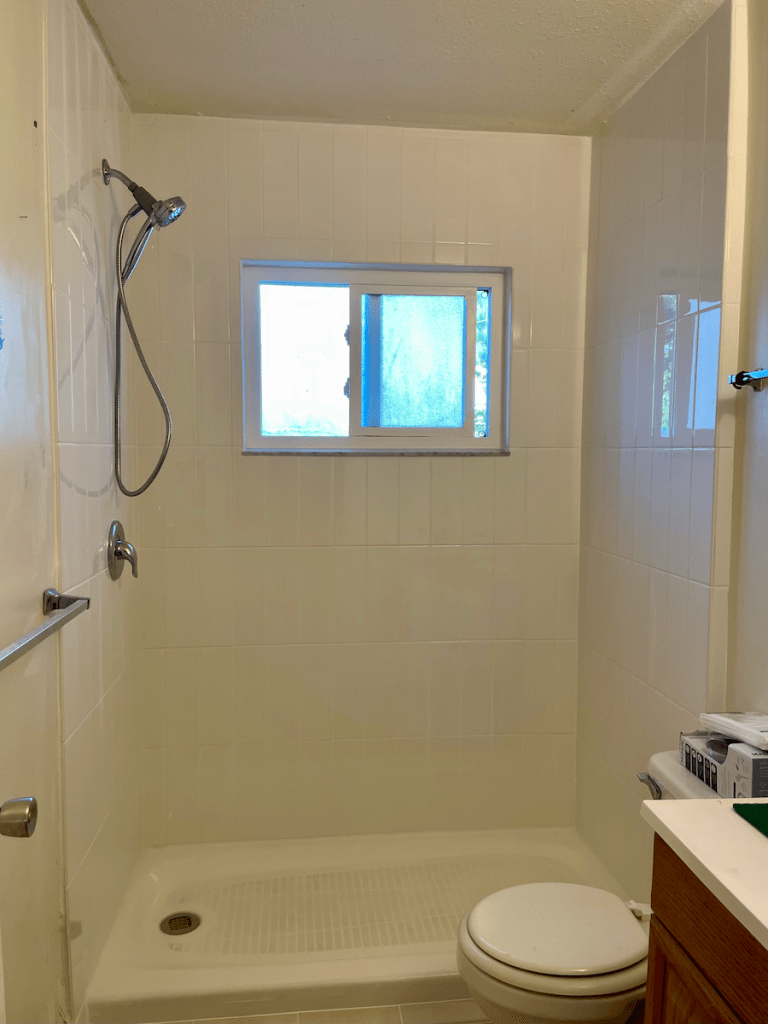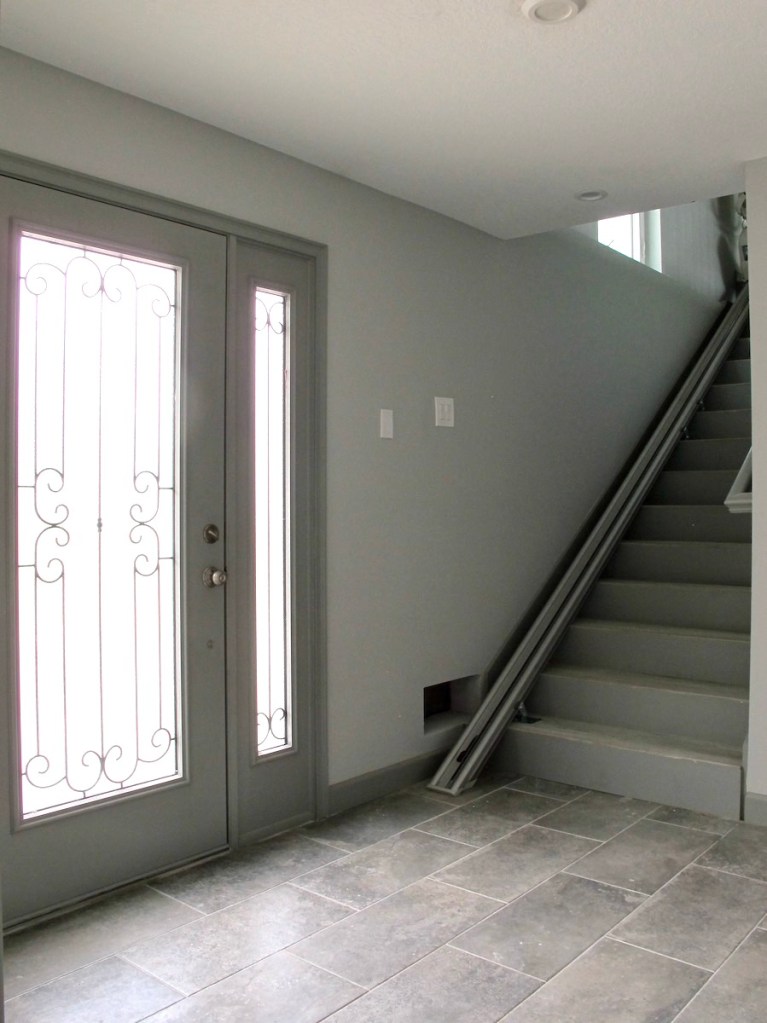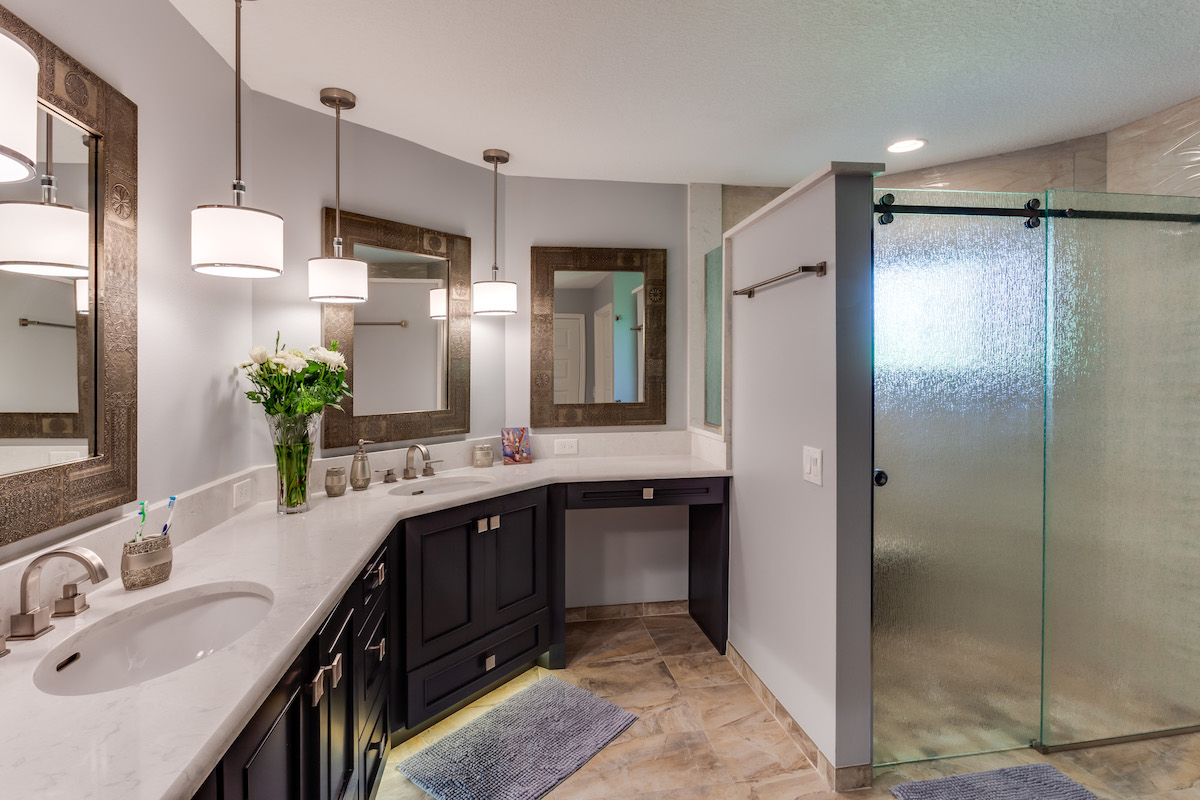As we journey through life, our homes should adapt with us, especially our forever homes. Aging in place, the concept of living independently and comfortably in one’s own home as one grows older has become a popular choice for many people. However, to ensure a smooth transition and maintain quality of life, thoughtful remodeling is often necessary. Let’s explore the key considerations and tips for remodeling your home to support aging gracefully in place.

Understanding the Need
As we age, certain physical changes occur that can affect our mobility, vision, and overall safety. Simple tasks like climbing stairs or reaching high shelves may become challenging. Therefore, creating a home environment that accommodates these changes is crucial for maintaining independence and reducing the risk of accidents.
Key Areas to Focus On
Accessibility: Start by assessing the accessibility of your home. Consider installing ramps instead of stairs, widening doorways to accommodate wheelchairs or walkers, and adding grab bars in bathrooms and hallways for extra support.
Although a one-story home is ideal for accessibility, sometimes it cannot be avoided, such as with existing homes or homes in flood areas. For new stairs, make them a little wider than the minimum 3 feet: the extra width is good for moving furniture as well as people up and down. Add sturdy handrails to both sides of the staircase. A stairlift can be added to most staircases. And finally, an elevator can be installed. These run on cables or hydraulics and require a small pit and a small closet for the control panel. Or, plan for a future elevator by putting in walk-in closets stacked on top of each other.
A residential elevator serving 2-3 floors will cost about $30,000 to $35,000, plus any remodeling or construction for the elevator shaft. The elevator cab will fit 2 people comfortably.
Cost estimate current as of 2023
Bathroom Safety: Bathrooms are common sites for slips and falls. Install walk-in showers with non-slip flooring, grab bars, and handheld showerheads for added safety. Consider a raised toilet seat and a vanity with open space beneath to accommodate a wheelchair if necessary.
There are all types of better-looking grab bars today, but if you are not ready to install them, make sure to add backing inside the wall for future grab bars. Handheld showers are great for everyone, including washing large household items in the shower and giving your pet a bath. If you have space, plan for a built-in seat, and locate it near the shower controls.

Kitchen Modifications: Make your kitchen more user-friendly by lowering countertops to a comfortable height, installing pull-out shelves and drawers for easier access to pots and pans, and opting for lever-style faucets that are easier to operate. Consider putting more windows in exterior walls, and adding more storage space in the base cabinets or tall cabinets.
Lighting: Proper lighting is essential, especially for those with vision impairments. Ensure that your home is well-lit with bright, glare-free lighting in all rooms, including staircases, hallways, and outdoor areas.
Locate new lighting fixtures near the floor for hallways and steps. You will illuminate where you put your foot, without standing in your own shadow.
Add lamps close to where you sit and read, but be careful not to run extension cords everywhere; they are tripping hazards, too.
Consider adding light-sensors so you don’t have to flip a switch inside or outside your home.
Flooring: Replace slippery or uneven flooring with non-slip options such as hardwood, laminate, or textured tiles. Remove rugs or secure them with non-slip backing to prevent tripping hazards.
Tile is a very popular flooring in Florida, and is easy to sweep and mop clean. But it can be slippery, too, and is a very hard surface when dropping dishes or if you fall. We recommend smaller-sized tiles in places that could get wet, such as kitchens, bathrooms, laundries, and especially your shower. Smaller tile = more grout, which is what your shoe or foot can get traction on.
Vinyl is softer than tile and easy to clean. Many of our Clients are considering Luxury Vinyl Planks (LVP) instead of tile. Be sure to choose LVP with a minimum 2.5mm thickness and a minimum 20mil wear layer with a lifetime residential warranty. There are also better wall-to-wall vinyl flooring choices than there used to be in the market. Other softer options include rubber flooring (no, it doesn’t get slippery when wet) and cork flooring (yes, like a wine cork, it doesn’t get soggy when wet).

Technology Integration: Embrace smart home technology to enhance safety and convenience. Install motion-activated lights, smart thermostats, and home monitoring systems that provide alerts for unusual activity or emergencies.
Beyond these, there are also automation systems that can be attached to your doors, including swing and sliding, inside or outside.
Budgeting and Planning
Remodeling your home for aging in place can be a significant investment, so it’s essential to set a realistic budget and prioritize the most critical modifications. Consider consulting with a certified aging-in-place specialist or an architect or designer experienced in universal design to help you create a comprehensive plan tailored to your needs and budget.

Conclusion
Remodeling your home to support aging in place is an investment in your future well-being and independence. By making thoughtful modifications to improve accessibility, safety, and comfort, you can create a living environment that allows you to age gracefully while maintaining your autonomy and dignity. Remember to plan carefully, seek professional advice when needed, and prioritize the changes that will have the most significant impact on your daily life. With the right modifications and support, you can continue to enjoy the comforts of home for years to come.

